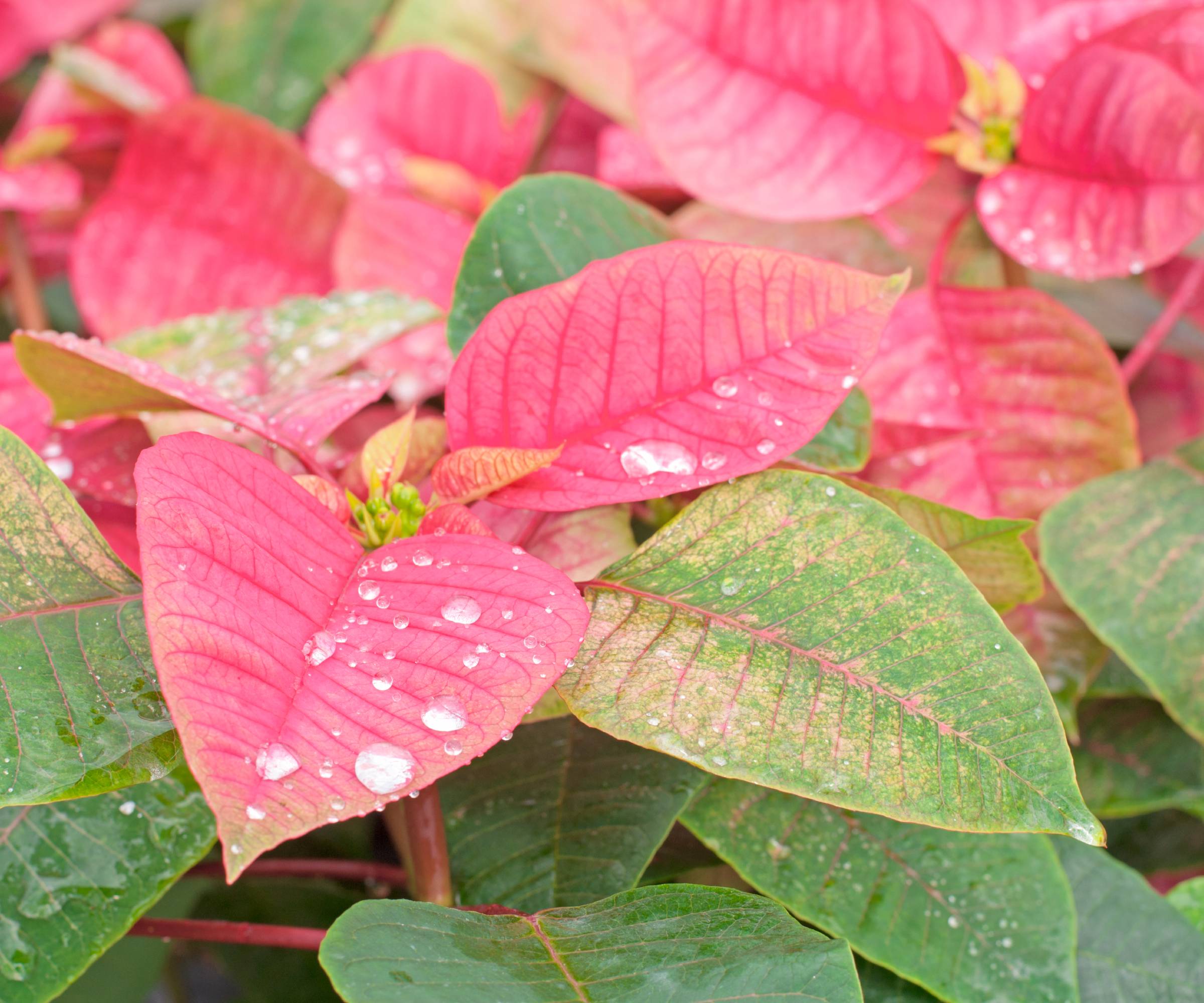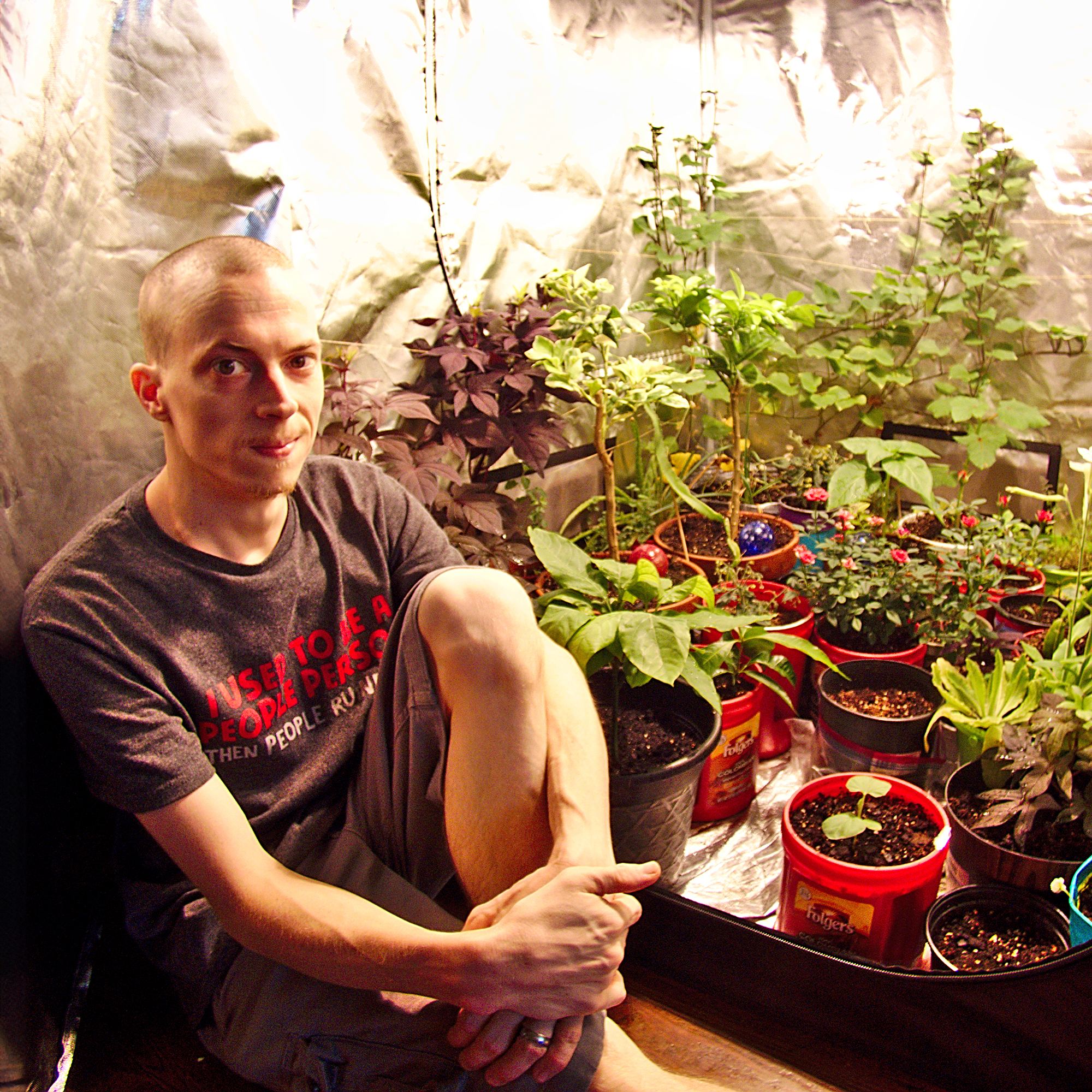Make Sure Your Poinsettia Flowers Next Year: Follow This Easy Reblooming Schedule
The secret to yearly poinsettia blooms isn't magic – it's timing. Follow this simple schedule for bright red flowers next Christmas... and the one after that.


Poinsettias will start to fade after the season, but they’re perfectly capable of blooming again. Knowing how to get poinsettia to flower again starts with trimming spent growth and using fresh soil. A bit of patience pays off with vibrant red bracts. Trimming them cleanly at the stems that feel woody is ideal for healthy regrowth.
Most people toss their plants once the holidays are over, but getting a poinsettia to bloom again is really only a matter of giving it proper summer sun and the critical fall darkness that it needs. Basic poinsettia care helps to keep it healthy.
With just a little effort now, you won’t need to buy a new plant next year. Follow a few important steps, and you’ll have mastered how to make your poinsettia flower again – bold, vibrant bracts return without buying fresh, and guests will notice the full, colorful display rather than just a bare set of stems.
Post-Holiday Period
Poinsettias (Euphorbia pulcherrima) often drop leaves after Christmas. The colorful bracts will start to fade, and the stems will begin to stretch. The plant often looks tired after weeks on display indoors. Start by pruning them back to 6 inches (15 cm) or so above the soil – it takes a bit to get going, but new shoots will sprout fairly quickly from the base. Be sure to use sharp shears like these from Amazon to avoid crushing the stems, and simply make a clean cut just above a leaf node.
The cuts will heal quite quickly in warm air, so checking the plant periodically over the next few weeks allows you to catch any early growth and adjust water or light levels as needed.

You can now repot it into some fresh potting mix. Choose a container that’s at least 2 inches (5 cm) wider than the old one. Drainage holes matter, too, since you don’t want to invite root rot. Water it when the top inch (2.5 cm) of soil dries. A bit of liquid fertilizer on a poinsettia every two weeks feeds the new growth. Skip the heavy feedings at first – roots adjust slowly.
Mix in some perlite for better air circulation. The soil should smell fresh when you open the bag. Tap the pot gently to settle the soil in, ensuring the plant sits steady without falling over. Incorporating a little bit of slow-release nutrients at this stage will give the roots extra support for developing strong, healthy shoots.
Sign up for the Gardening Know How newsletter today and receive a free copy of our e-book "How to Grow Delicious Tomatoes".
Maintaining a steady humidity level and the occasional gentle rotation of the pot encourages more uniform growth. Keeping notes on water schedules and new shoots ensures you can track progress and adjust care each year for optimal results.
Summer Growth Period
Move your plant outdoors to bright shade in May, since poinsettias thrive with 65-75 F (18-24 C) days. Morning sun works best. Water regularly but ensure that the soil dries out in between waterings. Check with a finger or a 4-in-1 meter from Amazon, and if the soil is still damp, you should wait to water. Rain can help, but watch for excessive wetness or sogginess.
Keep a watchful eye on the plant as it starts to make its adjustment to the new outdoor conditions, as well as removing any leaves that turn yellow or show stress to maintain overall health. Occasional gentle rotations of the pot help to ensure even light exposure and balanced growth across all of the stems.
Feed monthly with a balanced fertilizer, and pinch the stem tips to encourage branching – this results in fuller plants. Bring your poinsettia inside before the first frost, and add a simple saucer like this from Amazon to catch drips.
Watch for pests, too – hose them off if needed. Whiteflies often show up under the leaves, so it is important to spray as early as you can. Regularly checking soil moisture and the leaf conditions helps prevent over- or under-watering, while observing how the poinsettia responds to a fertilizer allows you to adjust amounts slightly for the best growth possible. The plant will grow bushy with a few pinches. Taking note of any new shoots each month gives you a clear picture of summer progress, setting the stage for a strong fall flowering cycle.

The Critical Dark Period (Fall Preparation)
From mid-September, your poinsettia will require 14 hours of darkness nightly. To achieve this, cover it with a box, or put it in a closet or tent like this from Amazon that is completely free of lights. Ensure no light leaks whatsoever. Street lamps count, so use a black bag if needed. The plant senses short days, and providing a quiet, undisturbed environment during this period reduces stress and encourages uniform bract development.
Keep the temperature cool, ideally 60-70 F (16-21 C), and water sparingly. Bracts color in around 8-10 weeks. Figuring out how to make a poinsettia flower hinges on this dark period – interrupt it, and the leaves stay green – so set a timer for consistency. Check at night that the room stays calm without vents blowing directly on the plant. Occasional gentle rotations during daylight will help to strengthen the stems and prevent uneven growth, while maintaining consistent humidity supports good leaf health and prepares the plant to put full energy into its flowering.
Signs of Success

Colored bracts mean success, and red pigmentation shows first on the top leaves. Pink or white varieties follow suit. The flowers last 6-8 weeks while the center "buttons" open yellow. Healthy plants push multiple stems, and the absence of yellowing leaves means that all is good. Enjoy the show!
Adding a bloom booster later like this from Amazon helps when you apply it at the start of the coloring phase. The bracts feel papery, and they turn vivid, while the plant stands tall without falling over. The center flowers open while pollen drops lightly. The show can last through January, providing a long-lasting, festive display that rewards your careful attention throughout the growing season, while giving you confidence that your care is producing strong, vibrant poinsettia plants year after year.
Common Mistakes to Avoid
- Light Interruption: Too much light during the dark period causes bracts to stay green, so check your covers are tight. Even light from a phone matters, and the plant reverts quickly.
- Watering Issues: Overwatering causes root rot, so let the soil dry between waterings.
- Fertilizer Errors: Using the wrong fertilizer burns roots, and high-nitrogen feed keeps the plant green. The stems soften quickly if soggy, and salt buildup burns leaf tips, so flush the soil in the spring.
- Excessive Heat: Heat over 75 F (24 C) delays color, so keep the plant cool during the critical dark phase.

Tyler’s passion began with indoor gardening and deepened as he studied plant-fungi interactions in controlled settings. With a microbiology background focused on fungi, he’s spent over a decade solving tough and intricate gardening problems. After spinal injuries and brain surgery, Tyler’s approach to gardening changed. It became less about the hobby and more about recovery and adapting to physical limits. His growing success shows that disability doesn’t have to stop you from your goals.
- Amy GrantWriter
- Nikki TilleySenior Editor